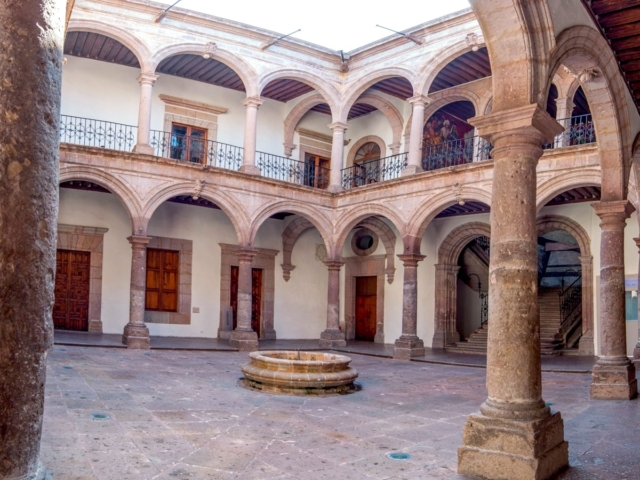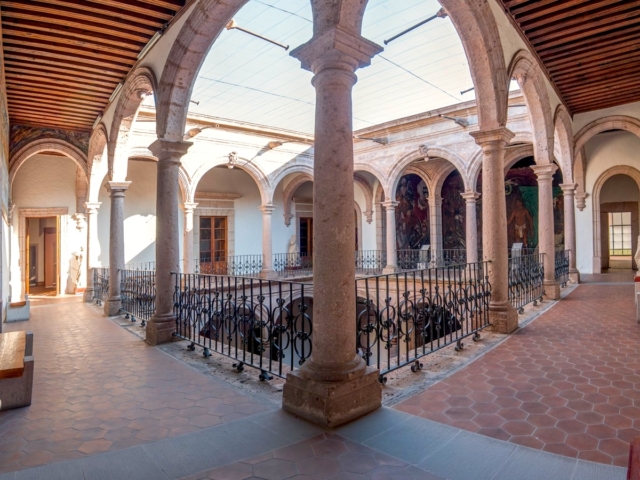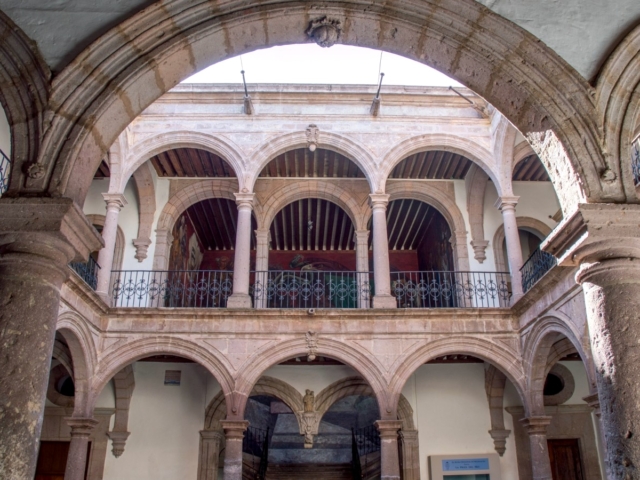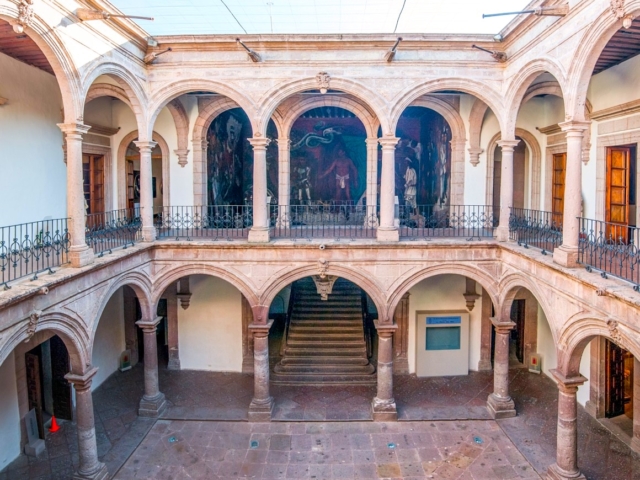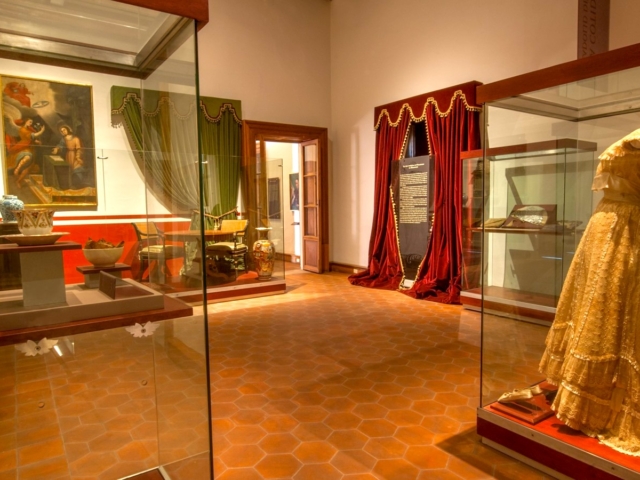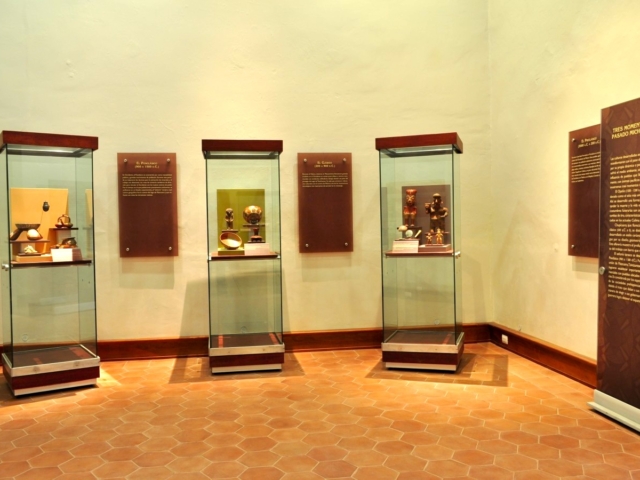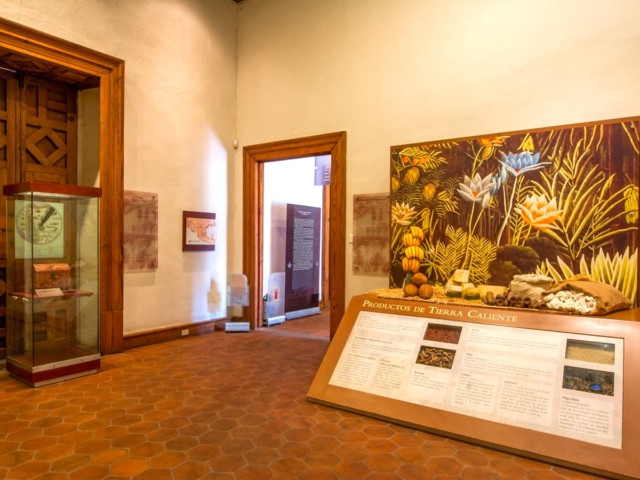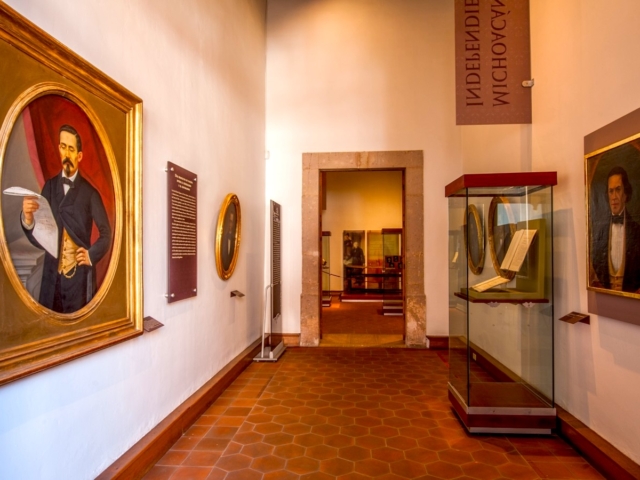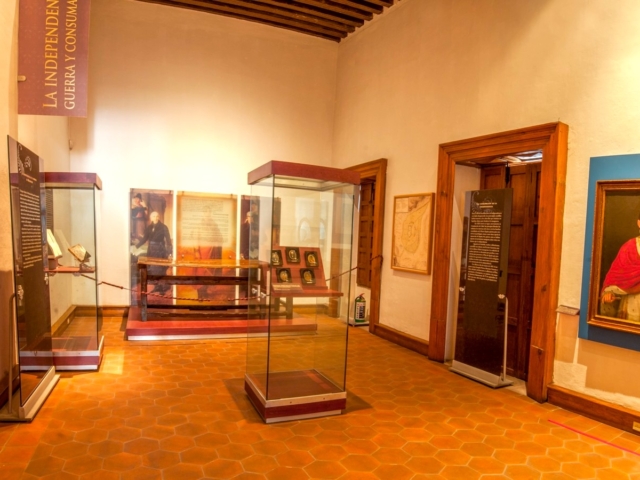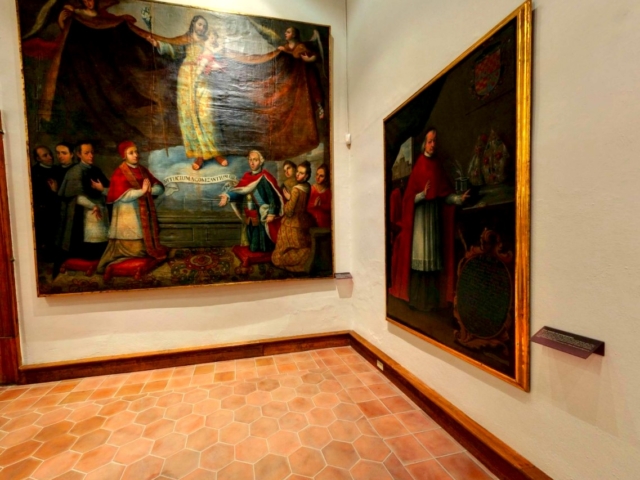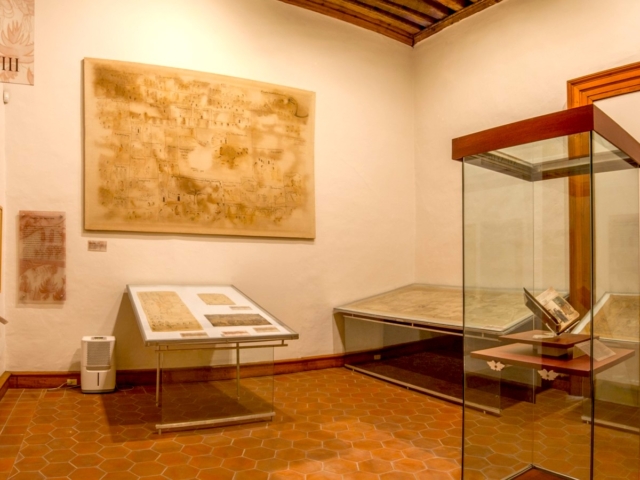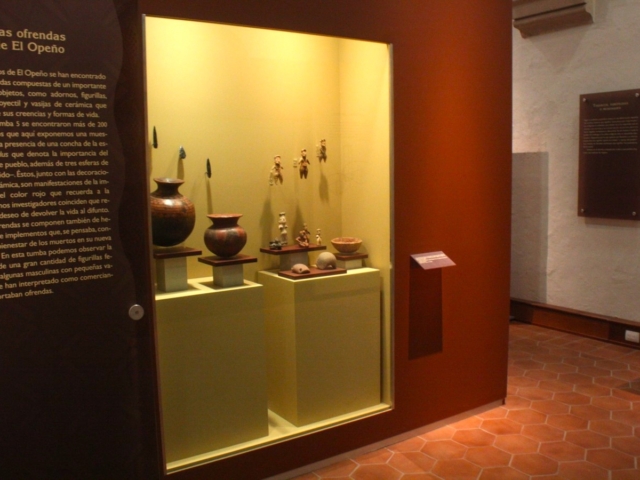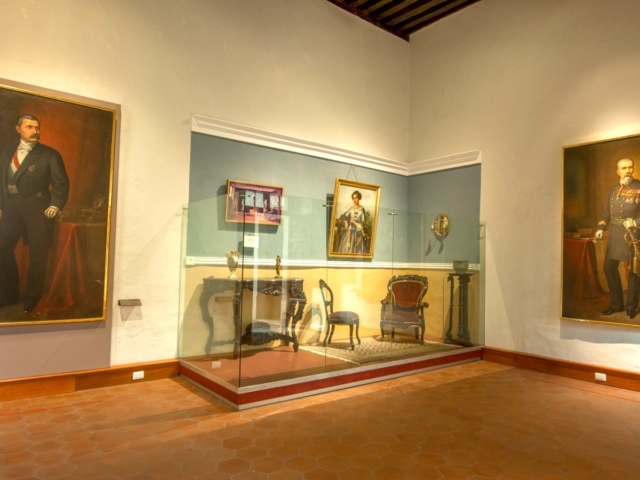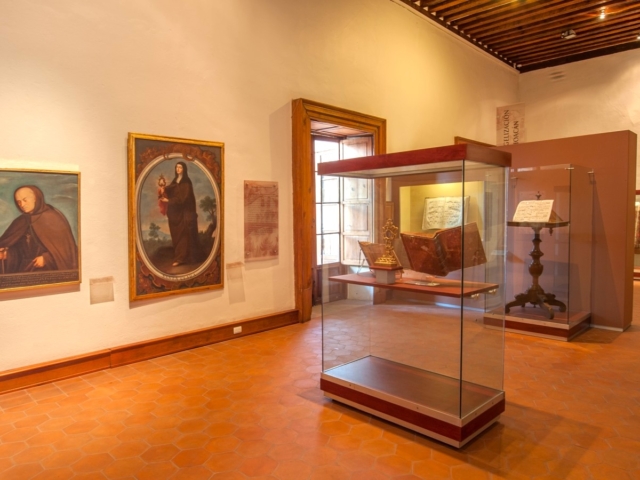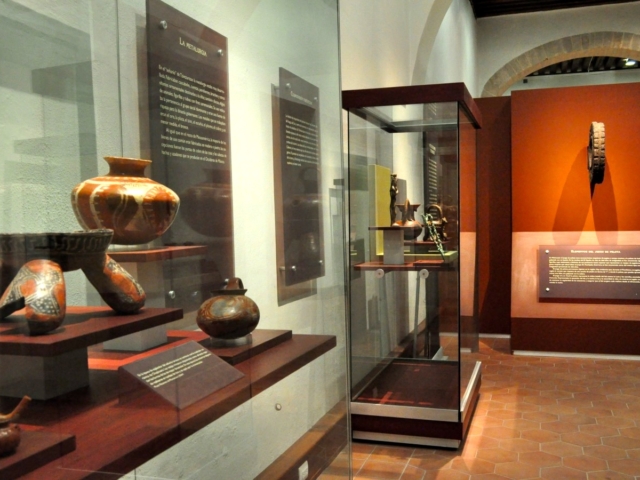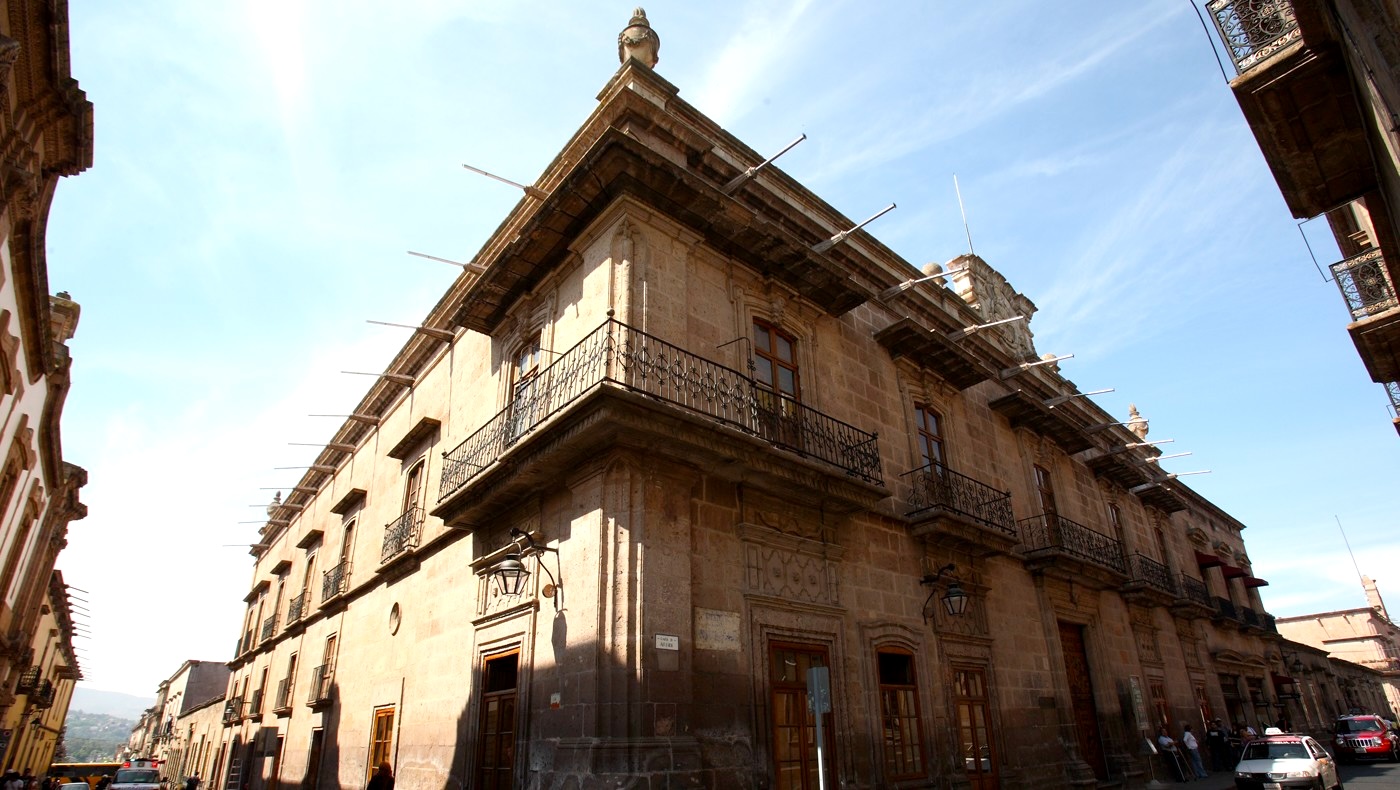
Adress
Allende 305, Centro, 58000 Morelia, Michoacán, México.
GPS
19.701708180159, -101.19437098503
Phone
Send an Email to
Web
Monday
CLOSED
Tuesday
09:00 – 17:00
Wednesday
09:00 – 17:00
Thursday
09:00 – 17:00
Friday
09:00 – 17:00
Saturday
09:00 – 17:00
Sunday
09:00 – 17:00
KNOW MORE PLACES
VISITA OTRAS LOCALIDADES
It is the oldest museum in the National Institute of Anthropology and History's network and exhibits the history and culture of Michoacán from the first human settlements to the end of the Porfiriato. It occupies a wonderful building from the second half of the 18th century, which according to scholar Gabriel Silva Mandujano is the best example of the type of domestic architecture that was built in old Valladolid at that time. Built in 1775, the so-called Isidro Huarte Mansion passed into the hands of Ignacio Montenegro after the death of the former, then to the Tridentine Seminary and later to Manuel Malo. During the government of General Mariano Jiménez (1885-1892) the state acquired it with the intention of establishing the Girls' Academy, but on January 30, 1886 it was decided to found a museum in the building, whose direction would be in the hands of Dr. Nicolás León (1859-1929), a Mexican doctor, historian, linguist, ethnologist, anthropologist, polygraph and naturalist.
During the first years, the collection gathered by León was itinerant, wandering between the Colegio de San Nicolás and the Government Palace, until in 1915 it was given its definitive home in this palatial building in the Morelian baroque style to dedicate it to the conservation, dissemination and research of the cultural heritage of Michoacán.
In 2011, the historic monument that houses the Regional Museum of Michoacán was carefully restored, and the new museographic script offers a look at the region's past from the perspectives of archaeology, history and art through more than 300 pieces distributed in the 12 permanent exhibition halls, in which the thematic axes that encompass the cultural development of the current state of Michoacán are assembled.
It is worth mentioning that the process also included conservation treatment for the murals housed in the historic building: Men and machines (1934), by Grace Greenwood; La Inquisición (1935), de Philip Guston y Reuben Kadish (1913-1992); The Four Horsemen of the Apocalypse (1954), by Federico Cantú; Defenders of national integrity (1951) and The peoples of the world against atomic war (1951), by Alfredo Zalce.
In the Museum it is possible to see various sheets of codices such as the Michoacan relationship, The Canvas of Xiuhquilan and the Carapan Titles. Maps were also integrated into the museum discourse, which show the changes in the region after the Spanish invasion and evangelization, as well as visual and graphic aids that place each historical moment chronologically and geographically. The collection also includes clothing, furniture and everyday objects.
Regarding historical pieces, the table where the Constitution of Apatzingán was signed and a collection of portraits of historical figures, such as Vasco de Quiroga, Agustín de Iturbide, Melchor Ocampo and some governors of the state of Michoacán, are on display.
Among the treasures it holds, the most visited are an oil painting on canvas from the 18th century by an anonymous artist, called Transfer of the Catherine nuns to their new convent, for the description it makes of the city; the murals by authors such as Alfredo Zalce, the representation of the Conspiracy of Michoacán and the paintings of Jicalán (16th century) and Carapan (18th century).
